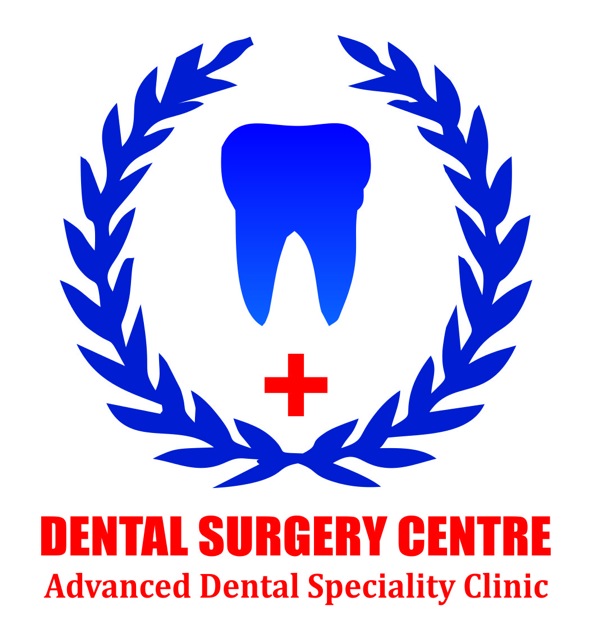BONE GRAFTS
Remember with Basal Implantology to day we avoid all bone grafts and additional surgeries
Avoid Bone Graft & Sinus Lift Save time, discomfort and money, get immediate results!
- There is no need any more to go through long and painful procedures for bone augmentation – sinus lift and bone graft. Basal implants utilize not only the bone height but also the the bone width. That’s why it is possible to treat cases where traditional systems recommend preliminary bone augmentation. Even diabetic patients, smokers and patients with severe gum disease CAN be treated with equal success.
what is bone grafting?
BONE GRAFTS ARE UNNECESSARY TODAY WITH BASAL IMPLANTOLOGY?
Not enough bone …. Do not loose hope
Do not anguish if u have been told by your implantologist that u do not have sufficient bone and need BONE GRAFTS to place dental implants.
why bone grafting?
If a person doesn’t exercise his or her physical body, he or she will likely lose strength, stamina and endurance. Similar to saying” when u don’t use, u loose” this applies to jaw bone too. Bone needs stimulation for them to stay healthy and maintains its shape and size.it applies to teeth bone too if u loose your teeth your jaw bone shrinks from lack of stimulation.
Bone grafting is a surgical procedure that replaces missing bone. Bone has the ability to regenerate completely but requires a very small fracture space or some sort of scaffold to do so. Bone grafts may be,
Autologous (bone harvested from patients’ body)
Allograft (cadaver bone obtained from bone bank)
Synthetic (made of hydroxyapatite or biocompatible substances)
What are the risks for bone grafting?
- Infection
- Bleeding
- Blood clot
- Nerve damage
- Complications from anaesthesia
- Infection from the donated bone
- Delayed treatment time: Patient has to wait for 4- 10 months for their teeth after mandibular block grafts and sinus lifts.
- Postoperative infection.
- Unpredictable healing.
- Less mineralised than native bone.
Commercial BONE GRAFTS are very expensive
Do we use BONE GRAFTS : NO almost extinct and vanished from dental implantology
In Basal implantology today ,Under no circumstances will we work with foreign bone, such as synthetic materials, cow bone or pig bone, or even bone from dead humans We won’t even use the bone particles from the same patient(AUTOGRAFTS), because it is known today that they never revitalise OR INTEGRATE WELL “The big industry producing these bone graft materials makes sure that these procedures are used on a large scale and patients are made to believe that they are necessary. We did not have a reason to do one single sinus-lift since 2011. This procedure definitely is outdated, it should not be done any more.”
Basal Implantology offers an unique opportunity for the implantologist,s who cannot treat patients who have less bone, less time and afraid of extensive surgical process involved and also whom they can not treat with conventional methodology




